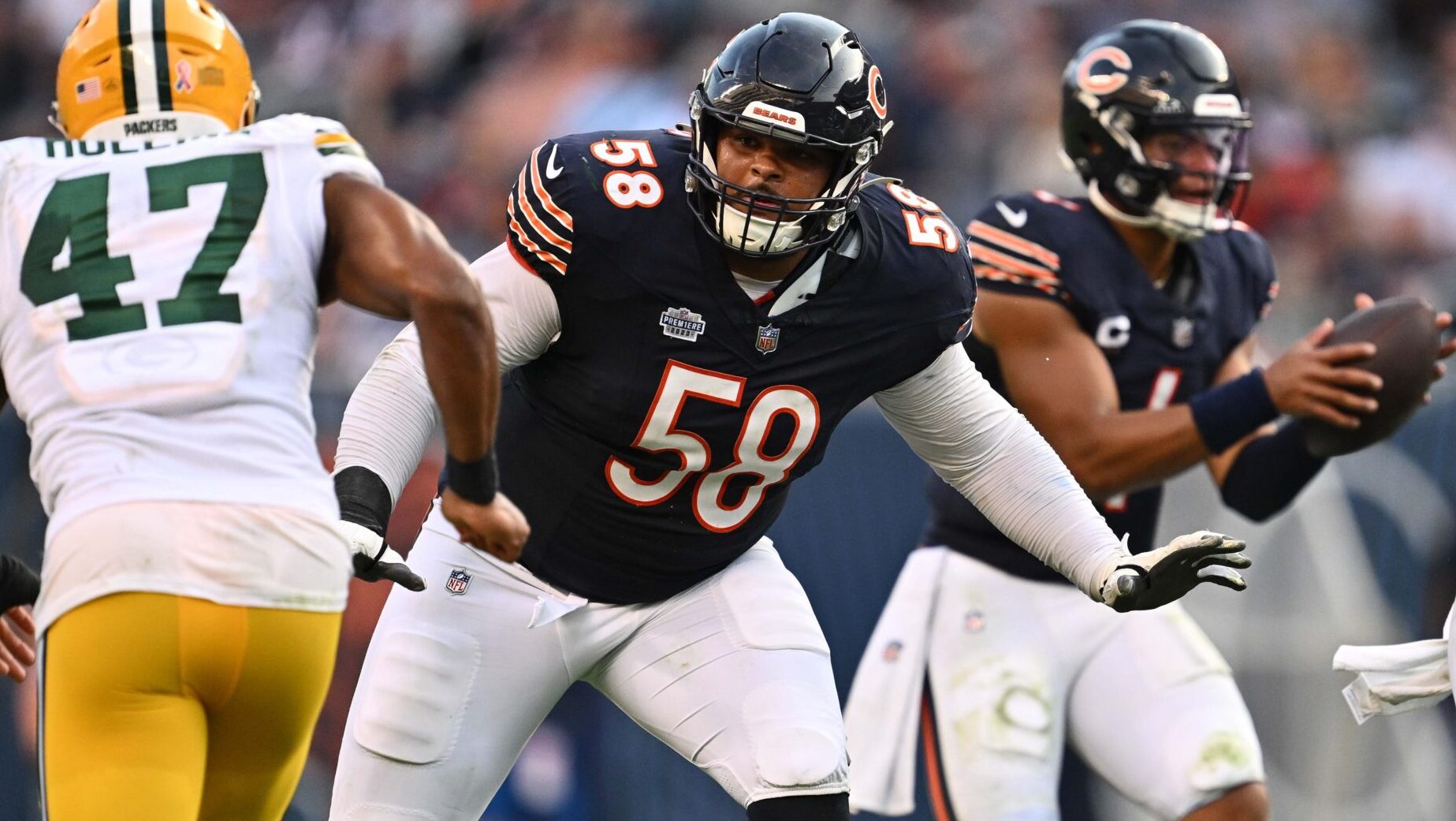Analysis
7/5/21
4 min read
How NFL Teams Can Take Advantage of Tracking Data
The big data arms race has made its way to the NFL, which is no surprise due to the wealth of information that can be provided by tracking data. Using radio-frequency identification (RFID) tags in players’ shoulder pads and the ball, the NFL tracks the location and movement of all players on the field every 1/10 of a second during every play. This powerful data source has the potential to allow teams to quantify the game in many new and exciting ways. This article will discuss a few of the insights that can be gained from player tracking technology.
Quantifying Player Effort
One area of the game that traditional stats fail to reflect is the effort of players on certain plays. Using tracking data, teams can determine how much ground a defender covered to make a tackle and see which players decelerated and gave up on the play before the whistle. Effort stats can also be used to quantify players who are only giving extra effort in contract years, which could be a red flag for signing the player to a long-term deal. If a player is playing slower due to injury or aging, this regression could be measured as well and used to project future performance.
QB Decision-Making
With player tracking data, teams can have a better picture of what the QB is experiencing when he decides to throw the ball. Machine learning can help to predict the yardage gained from a QB targeting different receivers during a play, and several papers have been published on this subject, including one presented during the Sloan Sports Analytics Conference. When paired with film evaluations, models like this can help young QBs better understand where they should be throwing the football to gain maximum yardage for their team and predict when receivers are likely to come open on a play.
Automating Play Categorization
Because of the increase of data scientists employed by NFL teams, greater context can be added to tracking data by using machine learning. This increase in context has already begun, as Next Gen Stats recently developed a model to identify receiver routes run. Teams can develop similar models to identify coverage types, run schemes and blitz packages, among other features. These models would allow coaching staffs to analyze the effectiveness of different plays against different defensive looks in a more succinct and automated way. For example, if a team was preparing to face a defense that tends to play a lot of cover 3, the coaches could look back at the success rate of different plays they have run against cover 3 in the past to supplement game planning.
Open Sourcing and Talent Identification
The Big Data Bowl is a yearly competition put on by Michael Lopez and the NFL Football Data & Analytics team. Each year, the public is given access to tracking data and asked to develop a solution to a football-related problem. The submissions to this competition have allowed the NFL to open source several new tools for analyzing the game. Some of these tools include the route recognition model discussed previously, expected completion percentage, and a way to quantify the yardage a rusher is expected to gain on a given play. This competition is also a way for NFL teams to identify individuals with the skillsets necessary to work with football tracking data and has thus become a pipeline to working in football analytics. Many competitors in the Big Data Bowl have been hired to work for NFL teams and affiliates and this pipeline will likely continue to grow.
These are just a few ways that NFL tracking data can be utilized to help teams win. With the increasing amount of information available, analytics will play a big part in creating a competitive advantage. There is some talk of implementing tracking data in the college game as well, which could aid in the evaluation of college prospects. The age of football analytics is upon us, and it will continue to shape how the game is played.








